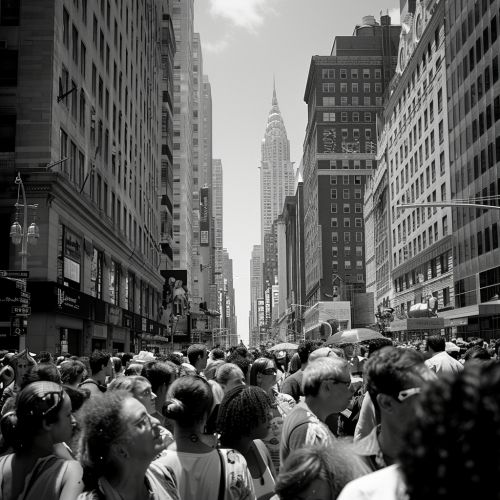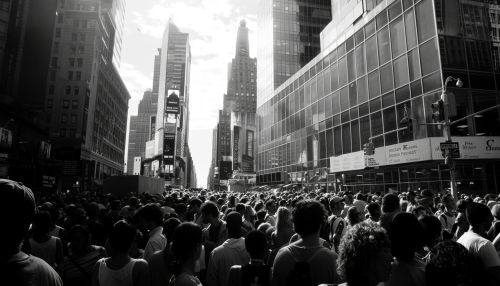Photojournalism
Overview
Photojournalism is a particular form of journalism that employs images to tell a news story. It is now usually understood to refer only to still images, but in some cases, the term also refers to video used in broadcast journalism. Photojournalism is distinguished from other close branches of photography (e.g., documentary photography, social documentary photography, street photography or celebrity photography) by complying with a rigid ethical framework which demands that the work be both honest and impartial whilst telling the story in strictly journalistic terms.
History
Photojournalism has its roots in the 19th century with the invention of the photographic process. The first known instance of a news event being photographed was the Niépce brothers capturing the June 1848 insurrections in Paris. However, it was not until the advent of the Kodak No. 1 camera in 1888 that the potential of the medium to document news in a practical and efficient manner was realized.


Ethical Considerations
Photojournalists must adhere to a strict ethical code. This includes principles such as truthfulness, accuracy, objectivity, impartiality, fairness, and public accountability. They must not manipulate their images digitally or in any other way that could deceive the viewer or misrepresent the reality of the scene. They must also respect the rights and dignity of the subjects they photograph.
Impact on Society
Photojournalism has had a significant impact on society. It has the power to educate, to inform, to generate empathy, and to effect change. It can bring attention to neglected issues, challenge power structures, and provide a voice for those who might otherwise be unheard.
Techniques
Photojournalists employ a variety of techniques to tell their stories. These include the use of different types of cameras, lenses, and lighting, as well as the application of various compositional principles. They also often work in challenging conditions and must be able to react quickly to unfolding events.
Challenges
Photojournalists face numerous challenges. These include physical danger, ethical dilemmas, and the rapidly changing nature of the media landscape. They must also navigate the legal and cultural complexities of working in different countries and contexts.
Future of Photojournalism
The future of photojournalism is uncertain. The rise of digital technology and social media has dramatically changed the way news is consumed and distributed. This has created new opportunities but also new challenges for photojournalists.
